If you are still confused, you can learn in two minutes what are ancient trees, big trees, small trees, trees and shrubs.
Today let’s talk about what the name of the tea tree for Pu’er tea means?
Many tea lovers, especially those who have just come into contact with Pu'er tea for a short time, are not clear about the terms such as ancient trees, big trees, small trees, as well as tall trees and shrubs in Pu'er tea. In fact, this issue is very complicated. Although they seem to be several different terms, they are actually a mixture of concepts from different levels and different systems. So today we will give you a full and clear explanation. Tea lovers who want to know must read this. It will help us drink tea after reading it.
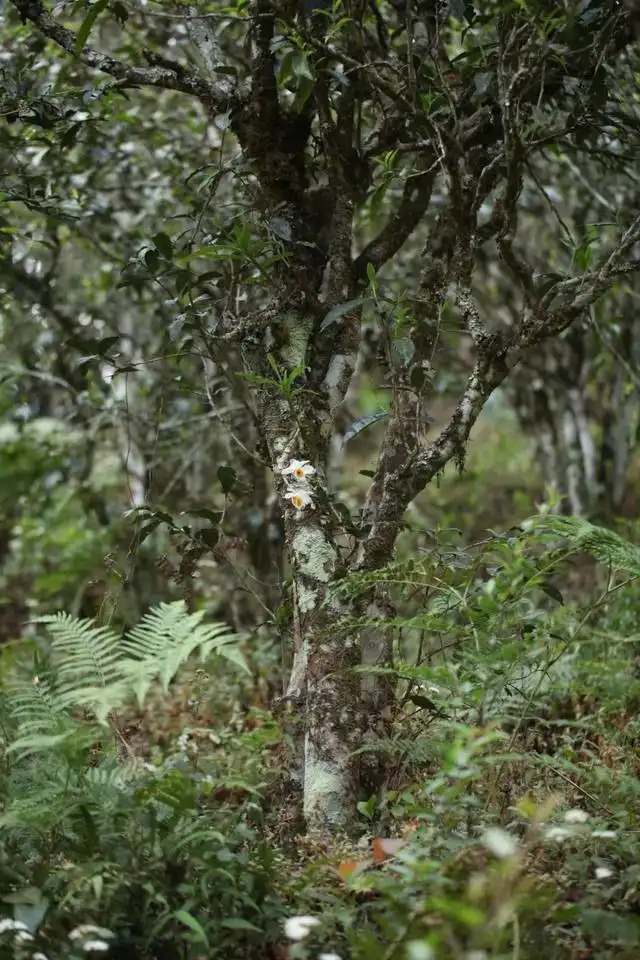
Let’s first talk about ancient trees, big trees and small trees . First of all, everyone should be clear that the above three names are mainly divided according to the appearance, height and age of the tea trees . They will be more prominent on the tea mountains. Local tea farmers are accustomed to using these three names to classify tea trees.
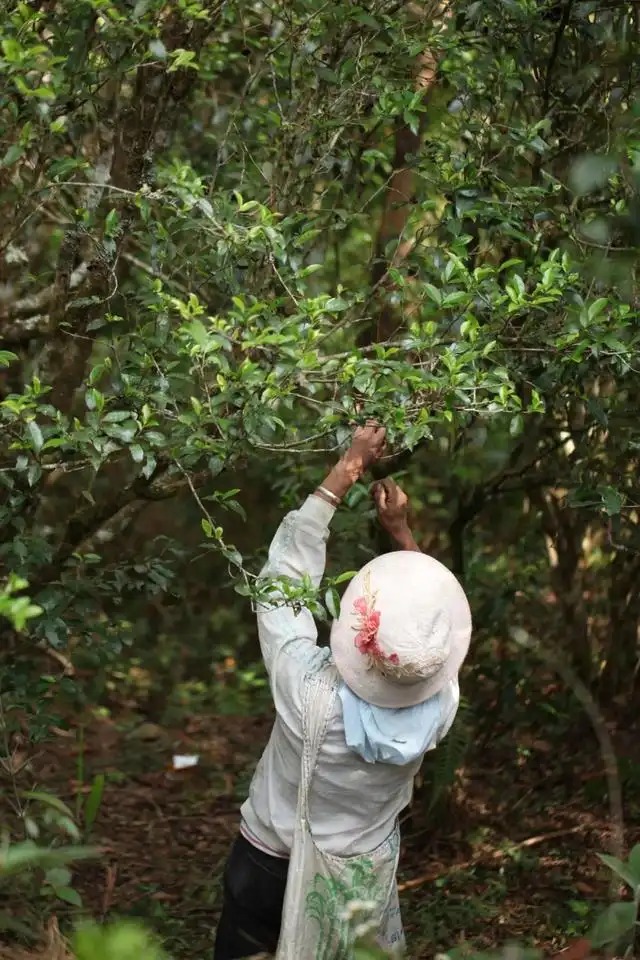
Let's first talk about ancient tree tea. The concept of ancient tree tea focuses on the "age of the tree" . There was some controversy in the tea industry before. Some said 100 years, some said 300 years, and some said seventy or eighty years. However, according to the standards set by the Tea Department of Banna, it refers to tea trees that are more than 100 years old. This category is collectively called ancient tree tea . So nowadays, the ancient tree tea we are talking about on the market refers to tea trees that are more than 100 years old. We call them ancient tree tea.
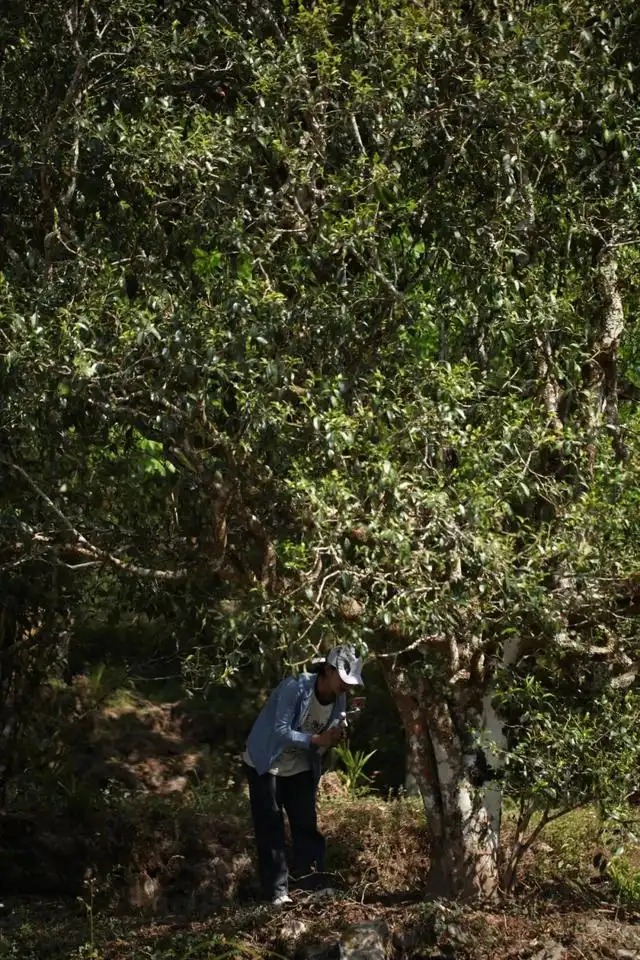
The term "big tree" describes the shape of the tree. When the tea tree has a mature shape, it is as tall as an adult or even taller, and people need to climb up to pick the tea. This type of tea tree is called a big tree . Of course, everyone should be clear that "big" is not absolute, and the "big" I just said is not a standard. "Big" is relative to "small". "Big tree" and "small tree" are the classifications of tea trees by tea farmers on the tea mountains. Therefore, different mountains and villages have different standards for big tree tea, but it must be larger and more mature than the local small tree tea. Generally speaking, "old tree age" and "large tree shape" go hand in hand. Old trees often have large shapes. Similarly, trees with large shapes will not be very young. However, due to natural disasters or human dwarfing, trees that are particularly old may have small shapes. So the concepts of ancient trees and big trees are separated.
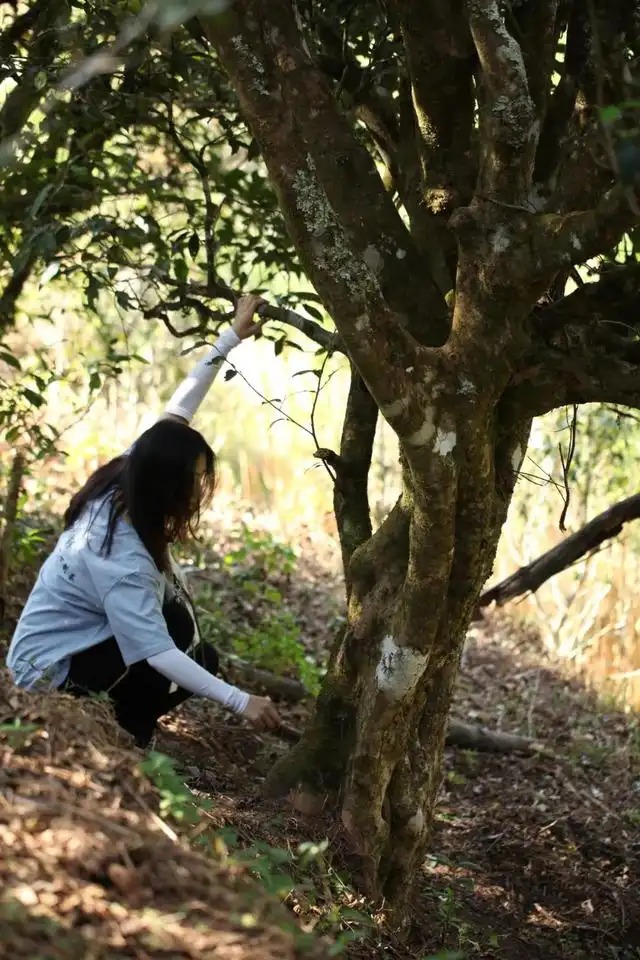
Then finally there are small trees. There are two ways to say small trees. One is that the tree shape is relatively small, and the other is that the tree age is relatively young. Roughly speaking, tea trees are about one meter tall and 20 to 30 years old. This type of tree is collectively called small trees . In the early days, when there were not so many words, there were basically only two descriptions: big trees and small trees. At that time, there was no concept of tree age. All trees were classified by tree shape. With the development of the market, the concept of tree age began to be introduced. In the frequent interaction between tea mountains and the market, many concepts became intertwined, and so many words appeared. Now everyone understands, right?
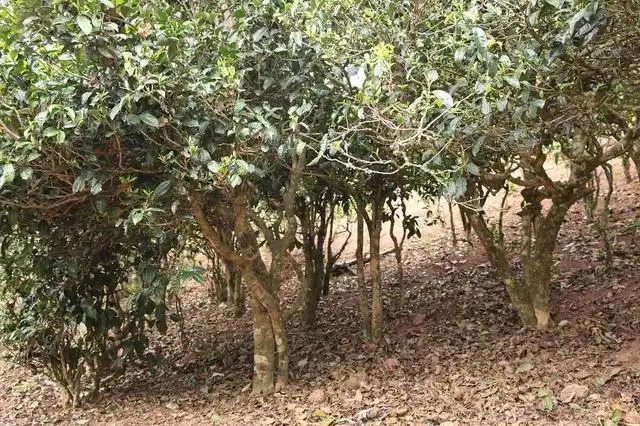
Now let's talk about trees and shrubs. The two concepts of trees and shrubs mainly refer to the shape of tea trees. Trees refer to tall trees that grow out of the soil and have a distinct trunk. The branches and leaves of the tea tree are all on them. Now let's talk about trees. On the contrary, shrubs refer to trees with short trunks, no obvious trunks, and in a clumping state. They grow directly out of the soil and have branches and leaves.
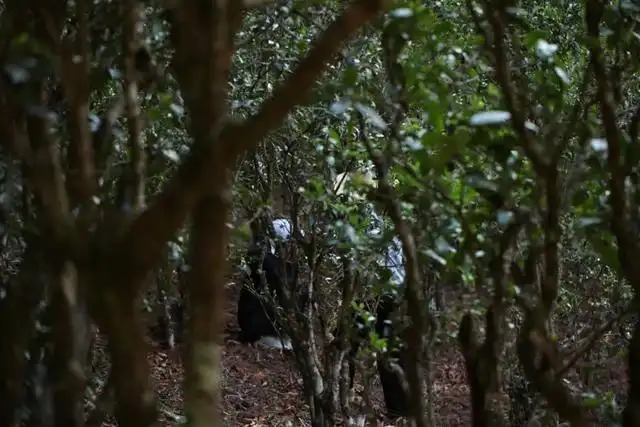
So is the tea tree a tree or a shrub? If we strictly distinguish them based on whether they have an obvious trunk, we will find that some tea trees are trees and some are shrubs. Even in the same species, some are trees and some are shrubs. After reading this, I believe everyone has a clearer understanding. I hope that friends who love to drink Pu'er tea can learn more about this kind of tea knowledge and understand the cup of tea they are drinking.
Rongruixiang offline store location:
Rongruixiang Tea Industry (Yunnan) Co., Ltd.
No. 13, Building 52, No. 148, Guannan Avenue, Guandu District, Kunming City, Yunnan Province (formerly Kangle Tea Culture City Phase III)